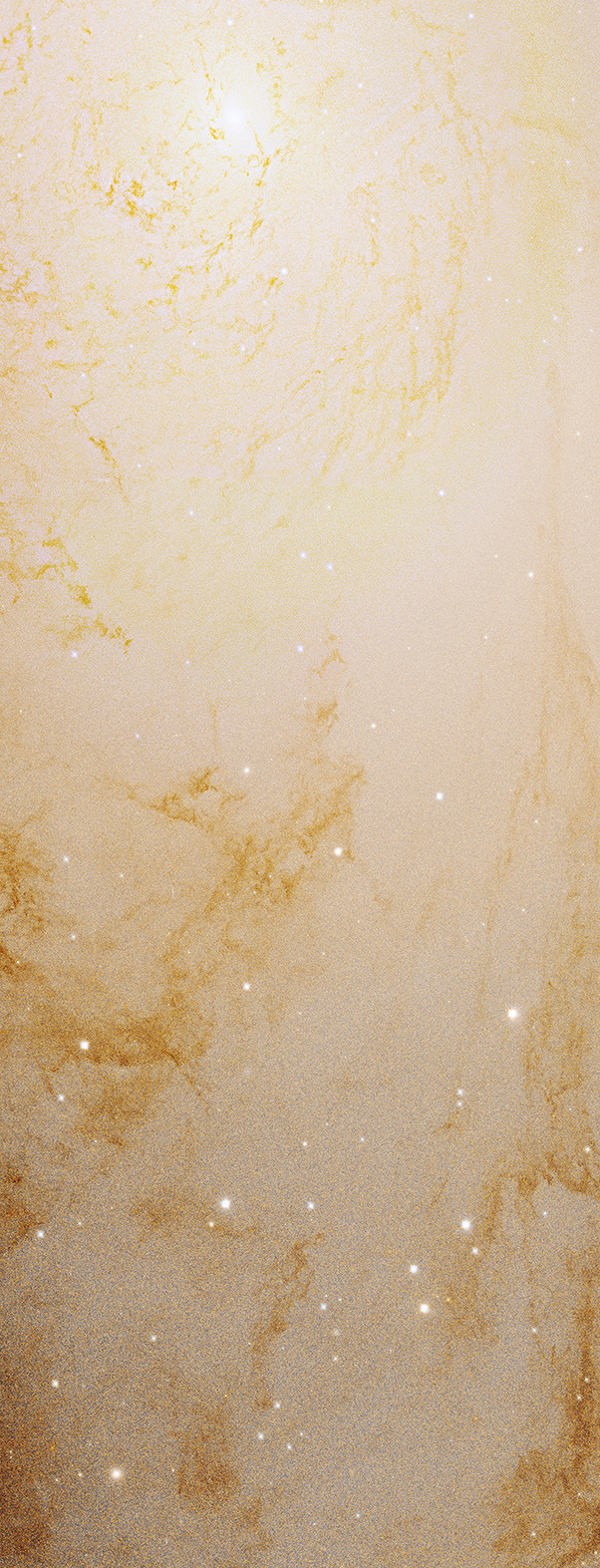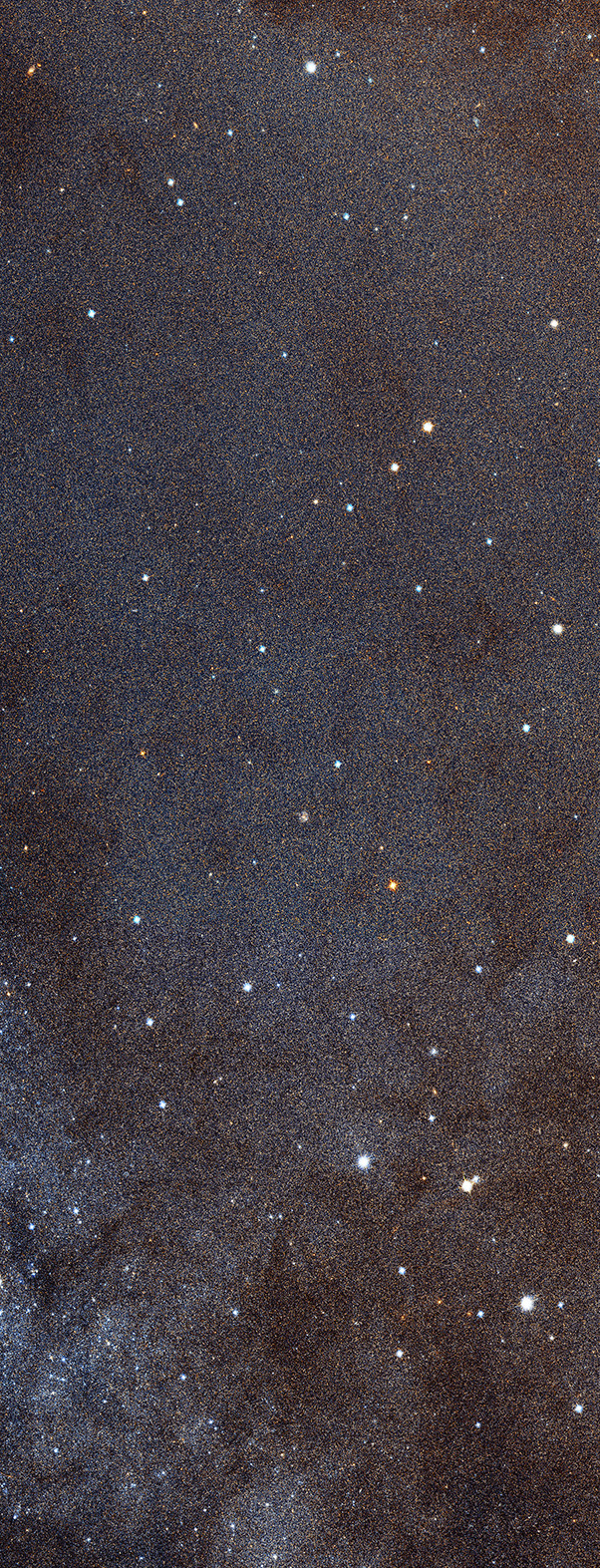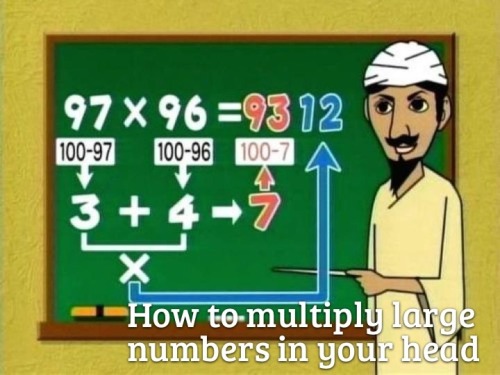299 posts
Latest Posts by curiositytherover - Page 9

Researchers Discover Ultra-thin Diamond Nanothreads That Could Support Space Elevator
Today, in order to get to the Moon, an incredible logistical setup is required. From the training needed for astronauts, to the millions of dollars of equipment necessary for space travel, to the cost of rocket fuel—Space flight isn’t easy (or cheap). But what if one can reach the Moon by simply stepping into a small vehicle attached to a cable and pressing a button that says “Moon.”
If what you’re imagining is an elevator, then you are right.
It’s also an idea that several scientists have been trying to realize since 1895, and we have written a number of articles on the feasibility of this tech in the past. Now, with what researchers from the Pennsylvania State University discovered, we may be taking a step closer to achieving that idea.
When they applied alternating cycles of pressure to isolated, liquid-state benzene molecules, surprisingly, it was found that rings of carbon atoms assembled into neat and orderly chains, essentially forming strong ultra-thin diamond nanothreads.
Read more at: http://futurism.com/links/researchers-discover-ultra-thin-diamond-nanothreads-that-could-support-space-elevator/










Futuristic Weapons: How We Will Fight in the Future
For higher resolution: http://futurism.com/images/futuristic-weapons-how-we-will-fight-in-the-future/
For more cool infographics: http://futurism.com/images/

Australia’s using drones to protect its coasts from sharks




You just scrolled over a high-res segment of the Andromeda galaxy. How does NASA get its photos to look so spectacular? The same way as everyone else.

How do electric guitars work? Learn more about the materials that make it possible with today’s graphic: http://wp.me/s4aPLT-guitar

Rowing robot powers itself by gulping dirty water

It often seems so quiet after a snowfall because the fresh powder absorbs sound waves. As the snow melts and freezes, it then creates a reflective surface that allows sound to travel farther than normal. Source



The Breakfast Machine by Simone Giertz
I, for one, welcome our new service-robot overloards.
[how-to guide by Simone]







Brain, Bone and Blood Vessels Coming Hot Off the Press
Could the days of custom clavicles and bespoke bladders produced just in the knick of time for suffering patients be around the corner?
While keeping an eye on tissue engineering studies, we’ve been seeing some significant wins in the lab that are bringing the sci-fi future of on-demand 3-D printed organs, bone and blood vessels closer.
Harvard and Brown bioengineers are taking their own routes to build complex tissues in customized 3-D printers. And just the other week, we reported on newly unveiled work at the University of Florida to print complex soft structures in baths that could one day birth replacement human parts along with soft robots.
Now, Carnegie Mellon engineers reported on Friday that they had successfully printed simplified proof-of-concept anatomical structures like mini femurs, blood vessels and brains suspended in soft gelatin. Learn more and see a video below.
Keep reading

Scientists Grow Vocal Cord Tissue in a Lab for the First Time, and It Produces Sound
Scientists in the University of Wisconsin-Madison have successfully grown functional vocal cord tissue in a laboratory - yes, vocal cords that work. This remarkable new tissue engineering technique could, someday, be used to restore the voices of patients who have certain voice disorders that are (at the present junctures) untreatable.
Read more at: http://futurism.com/links/scientists-grow-vocal-cord-tissue-in-a-lab-for-the-first-time-and-it-produces-sound/

Jeff Bezos beats Elon Musk’s SpaceX in the reusable rocket race

First sketch of Copenhagen Suborbitals’ SPICA capsule. They aim to be the first amateur organization to send a man to space.
via reddit

ICYMI: Robotic teddy bear, electric glue formula and more

‘Gene drive’ mosquitoes could end malaria once and for all

Tesla’s cheapest Model X is priced at $80,000



Dark ghost shark (Hydrolagus novaezealandiae) and the pale ghost shark (Hydrolagus bemisi), both are shortnose chimaera of the family Chimaeridae, found on the continental shelf around the South Island of New Zealand in depths from 30 to 850 m.
Both ghost shark species are taken almost exclusively as a bycatch of other target trawl fisheries
video: Te Papa Research


Flowers could be blooming on the International Space Station after the New Year
Having already grown lettuce (images above) on the International Space Station, astronauts are now attempting to grow the first flowering plants. On 16th November, NASA astronaut Kjell Lindgren activated the plant growth system named Veggie and its rooting “pillows” containing Zinnia seeds.
“Growing a flowering crop is more challenging than growing a vegetative crop such as lettuce,” said Gioia Massa, NASA Kennedy Space Center payload scientist for Veggie. “Lighting and other environmental parameters are more critical.”
Lindgren will turn on the red, blue and green LED lights, activate the water and nutrient system to Veggie, and monitor the plant growth. The experimental flowers are expected to bloom early 2016, after 60 days of growth.
“Growing the Zinnia plants will help advance our knowledge of how plants flower in the Veggie growth system, and will enable fruiting plants like tomatoes to be grown and eaten in space using Veggie as the in-orbit garden,” said Trent Smith, Veggie program manager at Kennedy. Growing tomato plants on the space station is planned for 2017.
Image credit: NASA/Gioia Massa

When your little sister discovers and sends you the classic science nerd posts

Rosette Nebula
Stardust


HOW DID I NOT KNOW THIS?!


WATCH: A Tornado of Fire Filmed in Slow Motion (video)
Is It Ok To Hold In Farts…?

Microsoft Creates Emotion Recognition Tool. Upload Your Image and Give It a Try
Project Oxford is Microsoft’s collection of machine-learning application programming interfaces (APIs). Now the tech giant can add emotion recognition to its API portfolio.
Note: This one was also a little off. I tried to give it an easy one (surprise). But apparently, Project Oxford thinks that I am judgy and filled with scorn.
Read more at: http://futurism.com/links/microsoft-creates-emotion-recognition-tool-upload-your-image-and-give-it-a-try/

Astronomy Photo of the Day: 11/23/15 - The Plieades
November is the month of the Pleiades. When the leaves turn orange and begin to fall in the North, look to the skies, and you will see the Seven Sisters.
Ultimately, the ‘Seven Sisters’ is the common name given to this open star cluster. It stems from the fact that, although the region is dominated by a number of middleaged stars, most nights, only 6 or 7 are bright enough to see.
In fact, the Pleiades contains over 3000 stars.
The cluster is located in the constellation Taurus. It’s is one of the nearest star clusters to Earth and is also the cluster most obvious to the naked eye in the night sky.
Image credit: Marco Lorenzi http://www.glitteringlights.com






What you’re looking at are human beings assembling humanity’s most advanced space telescope to date. At this very moment, the James Webb Space Telescope (@NASAWebbTelescp) is being assembled. To keep up to date on its progress, you can visit NASA’s dedicated web page on the scope.
Here’s what you should know.
The James Webb Space Telescope (aka JWST or Webb) will be a large infrared telescope with a 6.5-meter primary mirror, launched on an Ariane 5 rocket from French Guiana in October 2018, and will be the premier observatory of the next decade, serving thousands of astronomers worldwide. JWST will study every phase in the history of our Universe, ranging from the first luminous glows after the Big Bang, to the formation of solar systems capable of supporting life on planets like Earth, to the evolution of our own Solar System. Formerly known as the “Next Generation Space Telescope” (NGST); it was renamed in Sept. 2002 after a former NASA administrator, James Webb.

JWST is an international collaboration between NASA, the European Space Agency (ESA), and the Canadian Space Agency (CSA). The NASA Goddard Space Flight Center is managing the development effort, with the main industrial partner being Northrop Grumman; the Space Telescope Science Institute will operate JWST after launch. Over 1000 people in more than 17 countries are developing the James Webb Space Telescope. Shown above are team members in front of the JWST full-scale model at the Goddard Space Flight Center in Greenbelt, Maryland.

Several innovative technologies have been developed for JWST. These include a primary mirror made of 18 separate segments that unfold and adjust to shape after launch. The mirrors are made of ultra-lightweight beryllium. JWST’s biggest feature is a tennis court sized five-layer sunshield that attenuates heat from the Sun more than a million times. The telescope’s four instruments - cameras and spectrometers - have detectors that are able to record extremely faint signals. One instrument (NIRSpec) has programmable microshutters, which enable observation up to 100 objects simultaneously. JWST also has a cryocooler for cooling the mid-infrared detectors of another instrument (MIRI) to a very cold 7 degrees Kelvin so they can work.
Of the myriad of capabilities Webb will have over the now 25 year old Hubble Space Telescope (HST), the most fascinating aspects of the JWST will be all we expect to learn, along with discoveries it will enable of which we couldn’t possibly anticipate. To expand on this further, see the video ‘Beyond Hubble: The James Webb Space Telescope’ (below), courtesy of Coconut Science Laboratory:
Although there’s so much more to say about the JWST, I recommend visiting http://jwst.nasa.gov/ to browse the trove of resources available. And because @nasa prides itself on being a transparent and inclusive organization, everyone can view the past and present progress being made through the live web cams which provide fresh views every 60 seconds!
Watch the Webb In Progress
Share this with everyone! We are all crew members aboard this terrestrial spaceship, and although we all share the same window to the universe, not everyone has the influences around them to assist in helping refine their questions, and ultimately, change their perspective regarding their ‘place in space’. Every person you reach and inform about the incredible science that’s being done around our busy world, the immeasurable impact you could have on their life and the subsequent lives they influence. Engage and educate!
– Rich @sagansense

Still curious about JWST? Take a 3D tour and explore it for yourself!

China and the US create a ‘space hotline’ to avoid conflicts

Changing Moods with Sleep and Light
Pregnant with her first child, Monica Bryan noticed changes in her mood and energy levels. That’s when she heard about a UC San Diego School of Medicine clinical study aimed at using sleep and light therapies instead of medication to treat premenstrual, pregnancy, postpartum and menopausal depression.
Barbara Parry, MD, professor of psychiatry at UC San Diego School of Medicine, says the mood changes a woman undergoes before menstruation and during pregnancy, postpartum and menopause may result from the effect of a hormonal change on circadian rhythms. These circadian rhythm changes are akin to what occurs in jet lag when sleep and hormonal changes become “out of synch” with each other.
“The circadian rhythms of people who suffer from depression are off balance,” said Parry. “In women who develop depression during pregnancy, for example, melatonin, the hormone that anticipates the arrival of nighttime, is secreted earlier, and sleep onset occurs later, affecting the perceived quality of sleep.”
These disturbances in the body’s circadian rhythms can be triggered by changes in reproductive hormones that occur during the menstrual cycle, the peripartum period and menopause, resulting in an increased vulnerability to mood disorders. The noninvasive trial uses sleep and light therapy as a way to correct these biological rhythm disturbances, and thereby, improve mood. The trial is open to women with and without depressive symptoms related to the reproductive cycle, and compensation is available.
For two weeks, Bryan completed daily and weekly mood ratings and weekly clinic visits as part of the evaluation period. This study phase was followed by monitoring of her melatonin levels at home. Her activity levels were recorded via a wrist-mounted fitness band that measures activity and light exposure to assess the relationship between melatonin and activity and rest cycles.
After all baseline information was gathered, Bryan began the one-week intervention phase, which included one night of altered and shortened sleep cycle followed by light therapy. During this time the fitness band continued to record sleep, activity and light exposure.
Participation in the trial didn’t require much effort, said Bryan. She kept a daily log of her mood ratings and how much time she spent indoors and outdoors. Beyond that, the only added requirement was spending one hour after waking sitting in front of a light box.
“I spent the hour watching television, reading or catching up on what I missed the day before on my phone,” said Bryan. “There was no problem taking a little bit of time for myself in the mornings.”
Read more here For more information about the sleep and light therapy clinical trials, please call 619-543-7393


All city lights in Reykjavik are generated with CO2 free energy so the act had nothing to do with raising awareness of global warming. The only initiative is the fact that we are raising the first generation on earth without access to dark skies, stars and the Milkyway
-Andri Magnason
Source
Follow Ultrafacts for more facts

These are the robots taking our jobs
